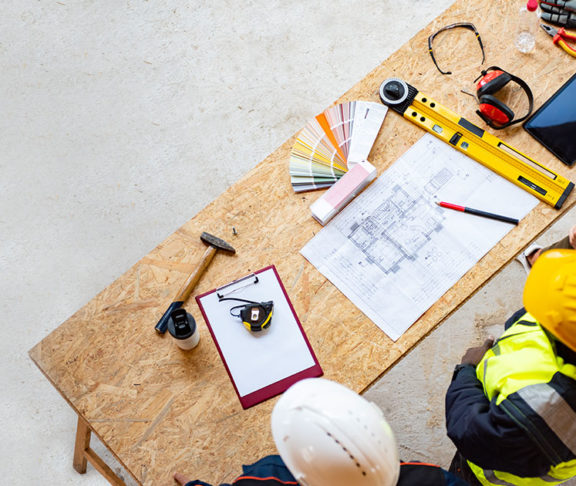A severe lack of skilled workers and an aging workforce threaten to slow new home production, curb housing affordability, and derail the industry’s ability to stand strong amid rising recession risks to the overall economy.
In fact, the construction industry needs to add 2.2 million workers over the next three years to keep up with housing demand, according to a recent report from the Home Builders Institute (HBI), a workforce development nonprofit that works closely with the National Association of Home Builders (NAHB).
Changing social and economic factors are driving a renewed focus on career technical education among educators, policymakers, students, and their families. Shifting the narrative about careers in construction is an important way to capture the interest of new workers.
Schools can offer more technical training that exposes students to the potential of exciting post-graduation career opportunities that don’t result in student debt. The construction industry must attract and train more women, minorities, veterans and transitioning military, underemployed workers, and persons leaving the justice system and reentering society. Diversifying the industry offers an opportunity to fight social inequality while addressing the worker shortage crisis we continue to face. With nearly 400 programs in 46 states, HBI’s industry-recognized curriculum is preparing the next generation of skilled workers through pre-apprenticeship training and certification programs in secondary schools, community colleges, military bases, Job Corps centers, and training academies. These programs are providing middle and high school students, veterans and transitioning military, underemployed and displaced workers, and former justice-involved individuals with no-cost training that leads to well-paying jobs and careers in the home building industry.
Path to success
Half of construction workers earn more than $49,000 annually with the top 25% making more than $75,000. This eclipses the U.S. median wage of $45,760 and the top quartile making just $68,590. In addition, the industry is one of the few where women and men earn nearly equal pay, according to the U.S. Bureau of Labor Statistics, versus all other occupations where women make just 81.5% of what men earn.
NAHB advocates for local, state, and federal support of industry-sponsored programs —such as HBI’s —that are successful, cost-effective means of providing skills training and job placement to individuals who can comprise a robust pipeline of trade professionals. Producing more and better workers strengthens families, communities, and the U.S. economy.
Through NAHB’s network of 700 local home builder associations, members help their communities by countering common misconceptions about residential building trades, sharing career resources, and educating the public about job opportunities available in the field. Recent efforts include an agreement with the Boys & Girls Clubs of America, an organization that shares a commitment to building stronger communities and introducing more youth to careers in residential construction. NAHBalso partnered with SkillsUSA, a national education nonprofit focused on workforce development.
Expanding opportunities
One of HBI’s newest initiatives in support of the construction labor market is the opening of several trades training academies across the nation. HBI is working closely with industry partners such as the BuildStrong Foundation and The Home Depot Foundation to offer tuition-free construction trades training to anyone 18 years of age or older.
The academies, now open in Florida, Colorado, Louisiana, and Texas, demonstrate an innovative approach to filling the skills gap. Students receive hands-on training that takes them from beginners with little-to-no building experience, to tradespeople who are sought after by employers. Students receive mentorship throughout their training and job placement support upon graduating from the program. In the coming year, academies are scheduled to open in Arizona, California, and North Carolina.
There is no single answer to solving the labor gap issue, but working together, NAHB and HBI are recruiting and training individuals who will build the nation’s future and support the American dream of homeownership.
To learn more about NAHB’s workforce development efforts, visit nahb.org/workforce. For more information on HBI’s residential construction training program or graduates available for hire, visit hbi.org.


